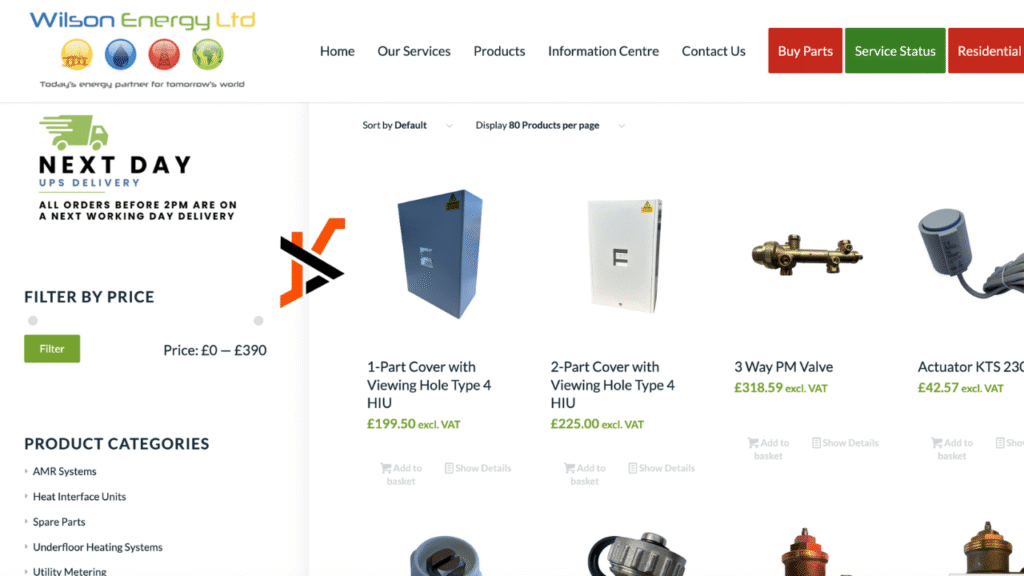Ever noticed your heating system acting up, lukewarm water, weird noises, or just not performing like it used to? If your home runs on a Heating Interface Unit (HIU), the problem might be simpler than you think. Often, it’s not the whole system just one or two small parts failing over time. That’s where HIU replacement parts come in.
In this guide, we’ll break down what these parts are, how to spot issues early, and what to know before buying replacements, whether you’re a homeowner, tenant, or landlord dealing with heating headaches.
What is HIU Replacement Parts?
An HIU, or Heating Interface Unit, is what helps control heating and hot water in many modern apartments, especially in buildings with central boiler systems. It works like a bridge between the main system and your flat, often called a thermal interface or domestic heating unit.
Over time, some parts inside the HIU wear out. That’s where HIU replacement parts come in; these include heat exchangers, flow sensors, pumps, filters, valves, and even circuit boards. These are the components that keep the system running smoothly. When one fails, swapping it out with the right HIU spare parts can save you from bigger (and costlier) heating problems.
Signs You Might Need HIU Replacement Parts
Your heating system may not shut down entirely, but it often offers subtle warning signs when something isn’t working properly. Here are some signs to keep an eye on:
- Hot water turning lukewarm or cold when it shouldn’t
- Leaks around the unit or nearby pipes
- Unusual noises like humming, rattling, or clicking
- Water pressure keeps dropping without any clear reason
- Radiators heat unevenly or not at all
These problems usually mean a worn-out sensor, valve, or plate inside your thermal interface unit. Overlooking these signs can lead to bigger problems—and higher costs. Replacing the faulty part early is usually a much easier fix.
How to Choose the Right HIU Replacement Part
Before buying any part, make sure it matches your unit’s brand whether it’s Evinox, SAV, or Vital Energi. A lot of problems come from using parts that simply don’t fit right.
You’ll come across both original and third-party components. Originals usually offer better reliability, while third-party parts can be a good option if they’re from a trusted supplier.
If you’re a homeowner, go for long-lasting parts to avoid future breakdowns. Landlords should stick to reliable options that reduce tenant complaints and call-outs. A little care now can prevent costly repairs down the road.
Most Common Parts That Need Replacement
Over time, certain parts inside your heating unit naturally wear out. Here are some of the most common ones that tend to cause trouble — and what they actually do:
Heat Exchangers
These transfer heat from the main system to your hot water. If you’re getting lukewarm water or none at all, this might be the issue.
Pressure Relief Valves
These keep your system safe by releasing extra pressure. A faulty valve can lead to leaks or even damage other components.
Flow Sensors
These detect water movement and signal the unit to start heating. If your unit isn’t responding properly, a worn sensor could be the reason.
Control Boards
Consider this the control center of your unit. If it’s malfunctioning, you might see error codes or random shutdowns.
Filters and Strainers
These prevent dirt from clogging up your system. Over time, they can get blocked and reduce efficiency.
Replacing these parts early can help you avoid full system breakdowns — and expensive repairs.

